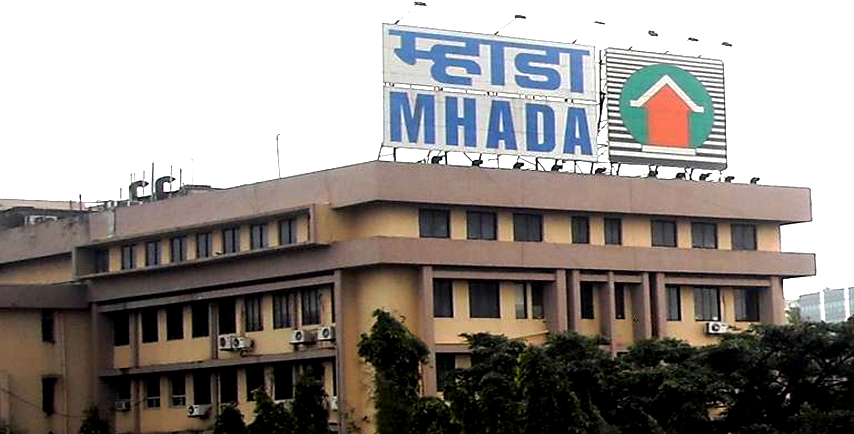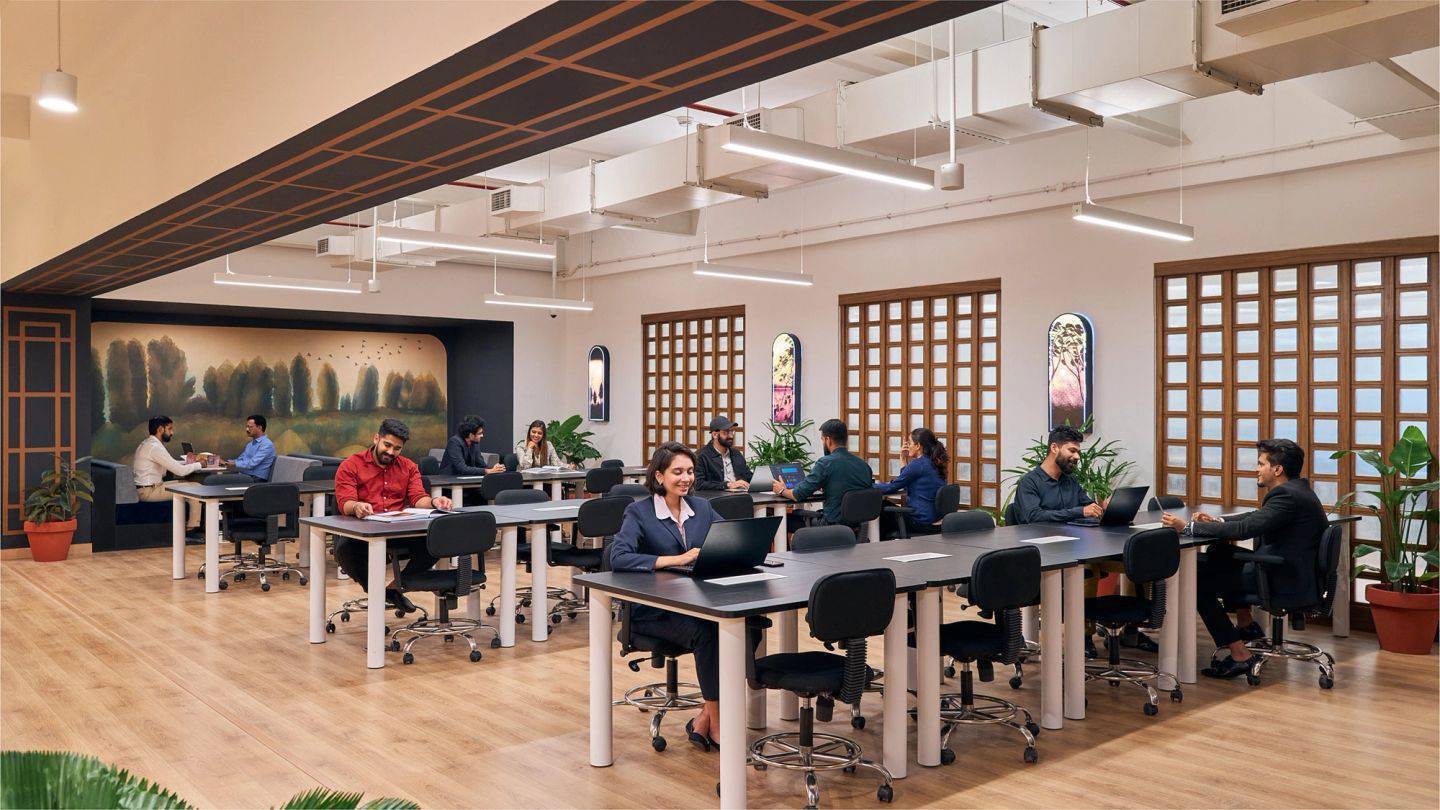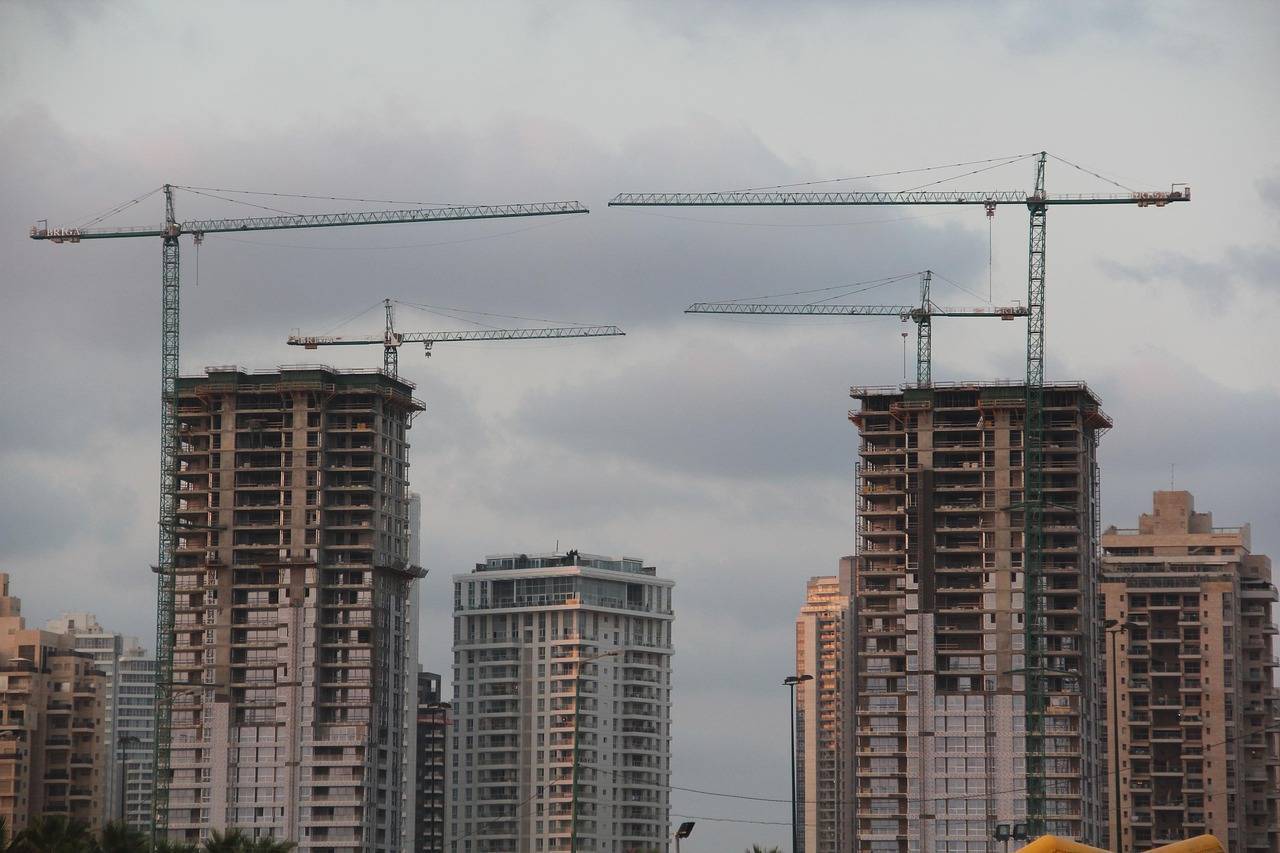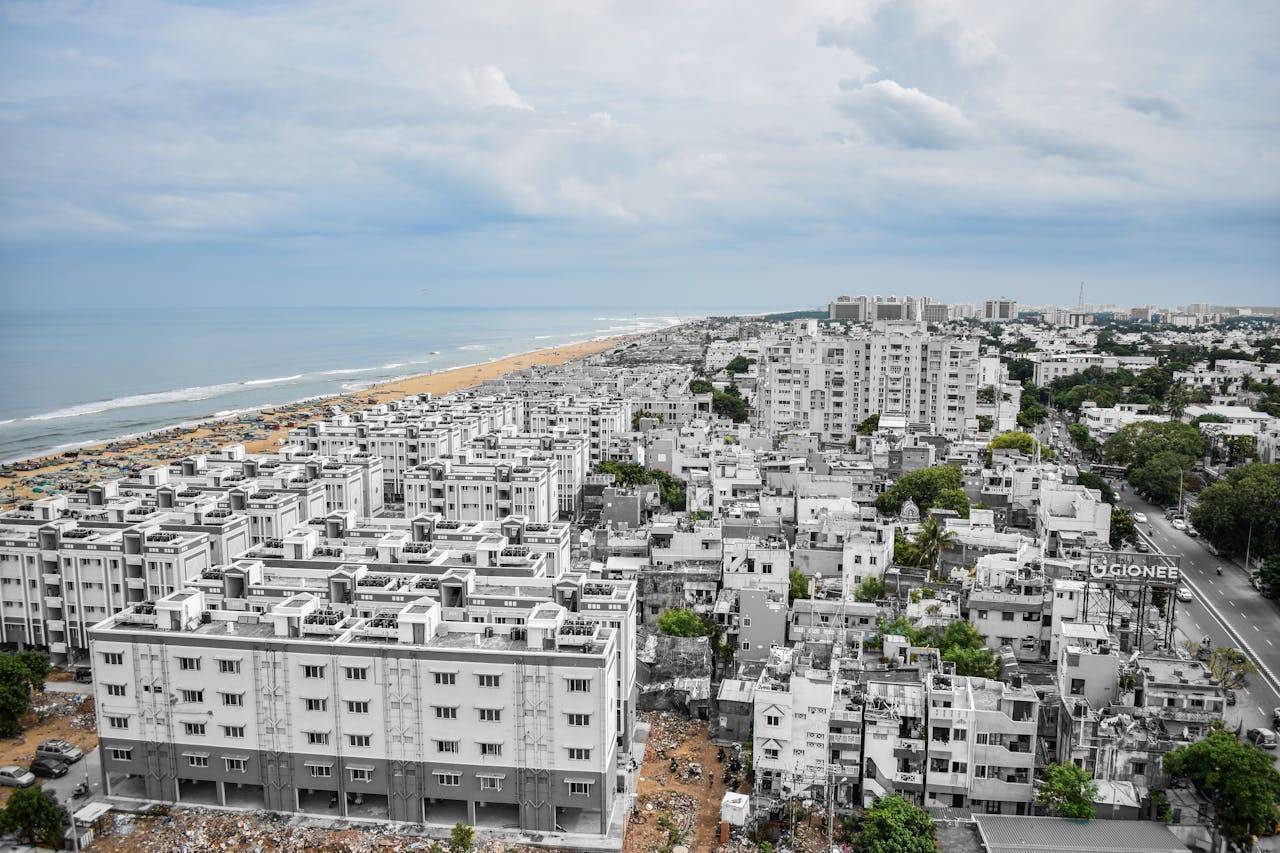ndia’s land acquisition activity surged to historic levels in the first half of calendar year 2025 (H1 2025), with a record 2,898 acres transacted across 76 deals, according to new data from ANAROCK Research & Advisory. This milestone surpasses the entire land transaction volume of 2024, which saw 2,515 acres traded through 133 deals.
The total value of land deals in H1 2025 stood at approximately ₹30,885 crore. These parcels are estimated to unlock development potential of 233 million sq. ft., with revenue generation capability pegged at ₹1.47 lakh crore. The data points to a sharp acceleration in land-based investments driven by a combination of residential demand, capital availability, and strategic shifts toward tier-2 and tier-3 cities.
Shift from Metro-Centric to Multi-Nodal Expansion
The composition of deals indicates a departure from the historically metro-focused development strategy. While the Mumbai Metropolitan Region (MMR), Bengaluru, and Pune remain active, a significant proportion of transaction volume came from emerging urban centres like Indore, Amritsar, Coimbatore, Panipat, and Mysuru.
Of the total 2,898 acres transacted, 1,907 acres—or nearly 66%—were acquired in tier-2 and tier-3 cities, reinforcing the transition to decentralised growth. These cities are increasingly being viewed as viable destinations for integrated townships, plotted housing, logistics hubs, and industrial corridors, offering competitive land rates, lower saturation, and growing infrastructure support.
Top 10 Land Deals Account for 44% of Total Acreage
The 10 largest land acquisitions during H1 2025 cumulatively covered 1,260+ acres, nearly 44% of the total transaction volume. The largest among them was by Omaxe Ltd, which acquired 450 acres in Indore, Madhya Pradesh for an integrated township project with an announced investment of ₹1,200 crore.
Other prominent transactions include:
- M3M Group in Panipat, Haryana with 350+ acres for a mixed-use township
- Lodha (Macrotech Developers) in Bhiwandi, MMR for industrial and logistics development
- Prestige Group’s acquisition of 70+ acres in Bengaluru
- Adani Realty buying 65+ acres in Ahmedabad for residential use
These large-scale transactions demonstrate increased investor appetite for long-term land banking as well as immediate development across asset classes.
Metro vs Non-Metro Dynamics
- Metro Cities
- MMR led with 24 deals totaling 433 acres
- Bengaluru followed with 15 deals for 182 acres
- Pune clocked 13 deals involving 214 acres
- NCR and Chennai accounted for the remaining metro transactions
Non-Metro Cities
- Coimbatore recorded the largest single transaction: 714 acres for a mixed-use project
- Amritsar saw 520 acres acquired for township use
- Ahmedabad witnessed two transactions totaling 590 acres, including a large industrial JDA
- Panipat, Mysuru, and Indore also saw significant parcels change hands
ANAROCK’s breakdown shows that 67 deals totaling nearly 991 acres took place in metro cities, while the remaining 9 deals accounted for over 1,907 acres in smaller cities—underscoring the current trend in land deployment.
Diversified Use Patterns: Residential, Logistics, Commercial and More
The land acquired in H1 2025 has been earmarked for a broad spectrum of developments:
- Residential (Apartments, Villas, Plotted): 1,200+ acres across 54 deals
- Townships: 365 acres through 2 mega-deals in Amritsar and Pune
- Mixed-use Projects: 1,034 acres via 6 large-scale transactions in NCR, Pune, Coimbatore, and Amritsar
- Industrial & Logistics Parks: 537 acres across 3 major projects in MMR, Chennai, and Ahmedabad
- Commercial Developments: 48.41 acres spread across NCR, Bengaluru, and MMR
Specialized Uses:
- 25 acres in Bengaluru by Lam Research for semiconductor equipment manufacturing
- 2.39 acres in Mumbai by NTT Global for a data centre
This diversity in land usage signals a more mature, multi-asset expansion model in Indian real estate. Developers are no longer solely chasing residential margins but are hedging portfolios with industrial, warehousing, and digital infrastructure components.
Developer Landscape and Investment Trends
Several leading and emerging developers were active in land acquisitions during H1 2025. These include:
- Godrej Properties
- M3M Group
- Prestige Group
- Signature Global
- Brigade Group
- Puravankara
- Adani Realty
- Kolte-Patil Developers
- Omaxe Ltd
- Macrotech Developers (Lodha)
One notable trend is the significant rise in Joint Development Agreements (JDAs), which allow developers to acquire development rights without full upfront land costs. ANAROCK reported a 150% year-on-year increase in JDAs in 2024, and this format continues to grow in 2025. It offers a capital-light model, especially suited for large-scale projects and companies focusing on asset-light strategies.
Significant JDA examples include:
- Krisala Group: 105-acre township in Pune
- Arvind Smartspace: Two JDAs in Ahmedabad for plotted and industrial developments over 590 acres
Land as Strategic Capital Post-2021
The report contextualises this boom within a broader shift that began after the COVID-19 pandemic. Between 2021 and H1 2025, India has seen 423 land transactions covering 11,858 acres, translating to 841 million sq. ft. of buildable space and potential revenue of ₹8.48 lakh crore.
This reaffirms that land is no longer just a passive inventory but has become a core strategic lever in business planning for developers, infrastructure firms, and institutional investors. With increasing urbanisation and demand for physical infrastructure, early-stage land aggregation offers developers a competitive edge.
According to Mayank Saksena, MD & CEO – Land Services at ANAROCK Group, the land transaction volume in the first half of 2025 has already exceeded the total for all of 2024, reflecting the strong confidence of developers in the market. He noted that the momentum is no longer confined to metro cities, as tier-2 and tier-3 locations are now playing a pivotal role in shaping India’s real estate growth. This shift indicates a move away from a metro-centric approach toward a more distributed and inclusive development pattern.
As infrastructure projects like industrial corridors, suburban rail networks, expressways, and data center policies continue to gain traction, demand for land is expected to remain strong in the second half of 2025. Residential absorption, particularly in affordable and mid-income housing, continues to drive township and plotted developments. At the same time, rising demand from electronics manufacturing and logistics will keep industrial acquisitions active.
Several state governments are also enhancing their land pooling and e-auction systems, aiming to attract both private and FDI-backed real estate investment.
The surge in land deals in H1 2025 marks a clear inflection point for Indian real estate. With close to 2,900 acres acquired and the majority of investment directed toward diversified usage in smaller cities, the sector is embracing a more distributed, data-driven and future-ready approach to expansion.
The record-breaking numbers, rising trend of JDAs, and growing investor confidence across regions indicate that land is reasserting itself as the most strategic asset class in India’s built environment journey.









.png)